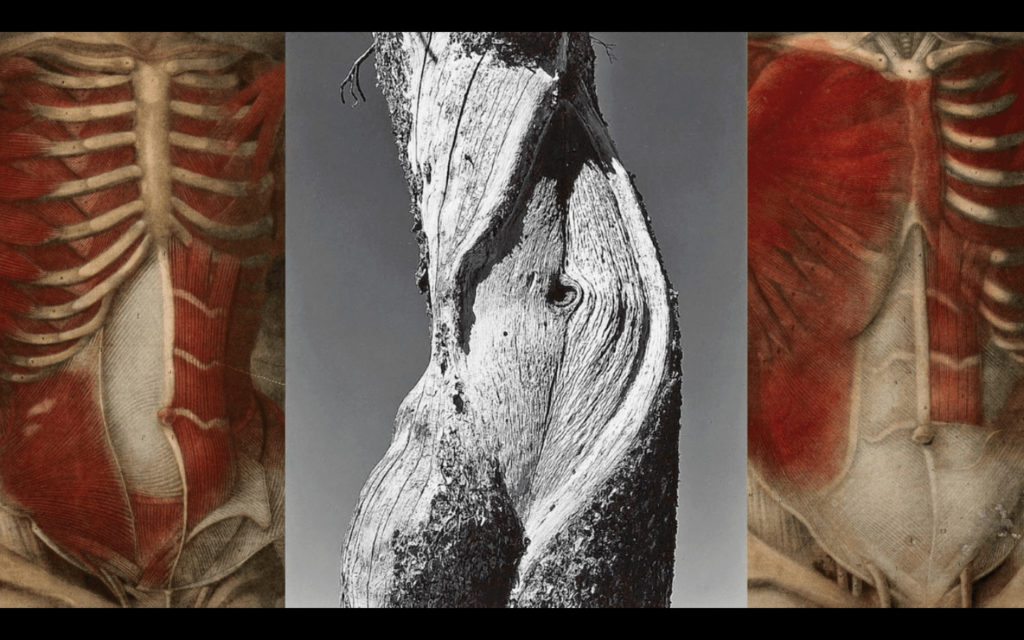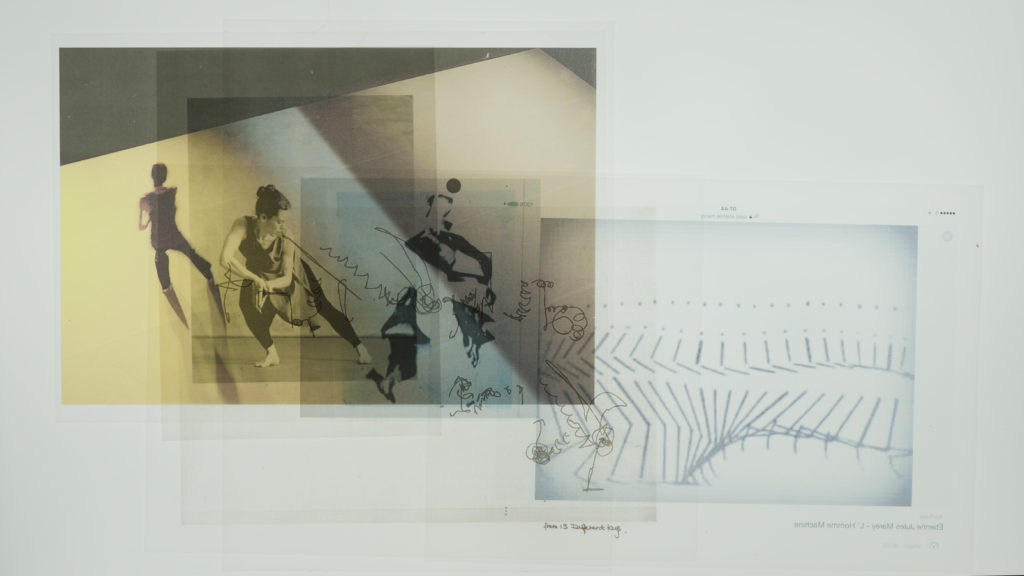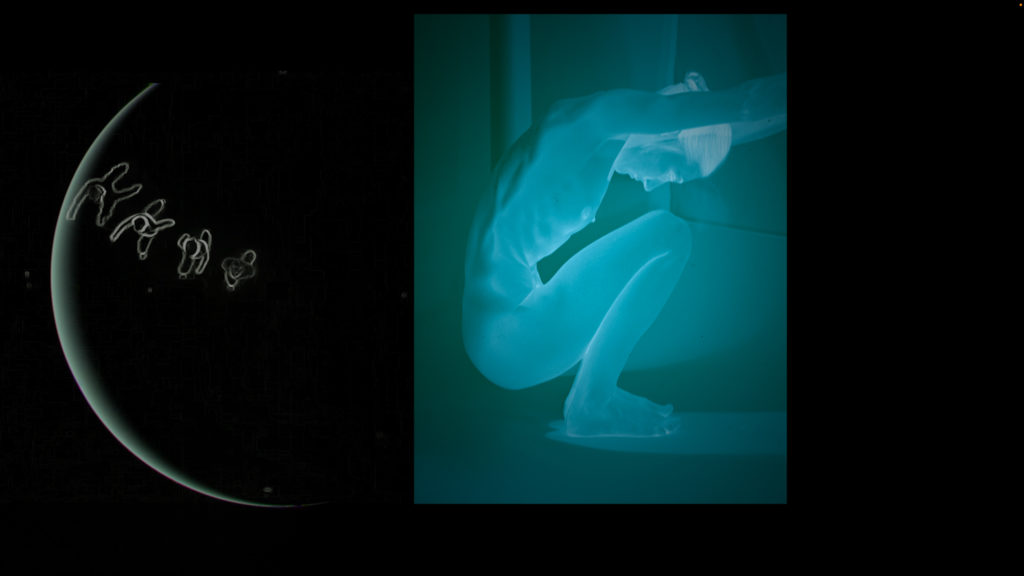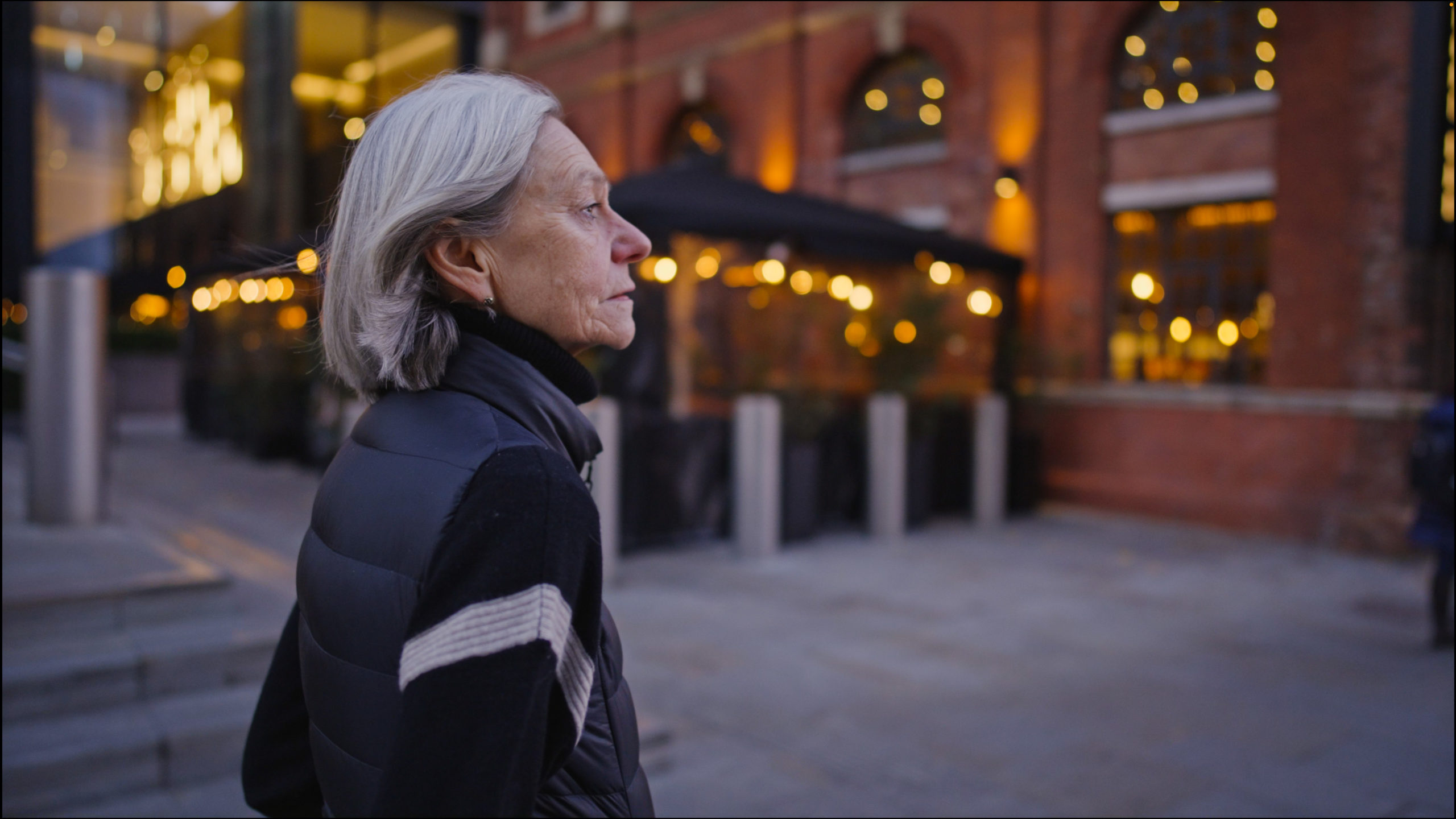Words by Katie Hagan.
Last week Siobhan Davies and I sat down to have a chat about her latest and, it is touted, final work Transparent which will be screened at Sadler’s Wells on 20th April. Siobhan – also known to friends as Sue – has led a life in movement and has moved throughout her life; starting in the world of visual art and segueing into contemporary dance where she was a choreographer for London Contemporary Dance Theatre when it was first established in 1967 (it’s now The Place).
She’s made numerous works, influenced tons of makers, started her own dance organisation and is considered a titan in the dance industry. When I ask her what it felt like to make Transparent, an autobiographical film described ‘a life’s work’, Siobhan replies bashfully: “It all sounds terribly grand and finite, doesn’t it? My intention was to try and lay a fabric of my life in dance. That very fabric includes so much warp and weft that come in from other people,” she says. “This is what was important to me when making the film; showing all the things and people in my life that have lit me up. But of course, trying to say that concisely is hard and so it gets shortened to ‘life’s work’ and I think, yikes!”
Created in collaboration with filmmaker and friend David Hinton and Hugo Glendinning, Transparent, premiered at BFI London Film Festival last year, is a shimmering work serving up an exquisite felt experience for the viewer. Siobhan compares it to looking at a stained-glass window cast in light; with each individual window representing the artists, art, science, photography and animals that have influenced her. She also calls it a mosaic.
“Let’s face it, we live in movement so much more than we recognise”
– Siobhan Davies
Watching the film, I can see it is both those things. But it’s also something intimate and less outwardly epic. The film is like that random, seemingly nondescript box we all have in our room, containing pieces of broken jewellery that you can’t bear to part with; old cards; notes from people who are now ghosts. Objects that hold our past.
Transparent takes its viewers on a sensorial journey through Siobhan’s artistic life. Time hangs from the film’s arc; Transparent is about growing up and dying, and about the past, present and future of movement.

It is is made entirely from found material, with original narration from Siobhan. Images of classical figurines are placed next to comparatively modern scientific drawings of human muscles. In a kind of metamorphosis, muscle sinews are placed against the fleshy, exposed wood of a twisting tree.
“There’s an exactitude to the work,” says Siobhan. “There is a moment where there is an image of a Leonardo, next to a dancing figure, next to a Francis Bacon. You can’t get away from it. It is what it is. What interests me is how a viewer may move their imagination between those three things and see the linkages or connections between them.”
On the subject of linkages between things, Siobhan turns my attention to the term ‘meshwork’, an expression by philosopher Tim Ingold. “Meshwork allows one to see through into the different linkages that occur between different elements,” she says. This focus on interconnectedness and transdisciplinarity reinforces a way of seeing and experiencing the world that feels authentic to Siobhan and she thinks, other people. “Life is a complex 3D structure that we experience. We’re in the present thinking about the future while reflecting on the past. There’s shifting perspectives on everything all the time.”
Transparent is far from a teaching tool, however, instructing the viewer what to feel and think. Siobhan stresses that. “It’s as if I am a soft fruit in which I am trying to unpeel a series of experiences that I’ve had. And I am saying: Here they are; I am fairly sure you’ve had feelings that feel like the ones I’ve had too.”
I then go off tangent a bit. As Siobhan is saying this, loads of neurons buzz around my brain thinking of a relevant fruit to bring into the conversation (my priorities are clear, I know.) I ask Siobhan if she means a pomegranate. “I am definitely a pomegranate,” she smiles.

“The older I have got, the more I think that as a young artist, I was so caught up in the idea of dance,” begins Siobhan as our conversation moves to her relationship with dance over the years. “I came to it quite late and thought I needed to be ‘good’ at dancing.”
“Gradually over the course of my life, I understood that dancing isn’t about being good. It comes out of the life you lead,” she continues. “But,” she begins again, meditatively and suspensefully, “dancing also contributes to the life you need. Let’s face it, we live in movement so much more than we recognise. We all move in some way, whether we are dancers or not.”
By introducing all the subjects that allowed Siobhan to dance – whether that is visual art, movement or neurology – she feels that any member of the audience could turn around and go: I appreciate it when I see an animal run; I appreciate it when I see a moving body in a gallery. “I appreciate it and I can now come to looking at the body a little bit differently,” she says.
“If everyone had the opportunity to reflect like this each day or dance every day, I really think we’d all have better lives,” Siobhan continues. “All living creatures learn about their place in and relationship to their environment through movement. And we don’t give that any credibility.”

Siobhan’s video camera starts to play up at this point during our call; zooming in and panning out. On reflection I think it quite apt – it’s as if the camera is its own living thing exploring its environment through movement.
We now move on to chat about what it’s like to choreograph a dance work and how to cultivate a seed of an idea into a work that feels authentic.
“It’s been very important for me to do two things at the same time,” Siobhan begins. “One is to feel the movement being made within me or someone else and two to understand how it can be experienced or understood by whoever is watching.”
“Creating something that is both physically genuine within the person dancing and then at the same time, asking them and asking myself about how the people coming into the room are going to read that is a way of working that I’ve taken throughout my life.”
“My sense is that as artists and audiences we want to feel connection. So, what ingredients and contexts can we put in the work that give it the best chance to be experienced as the deepest level it needs or deserves?”
“I came to dance quite late and thought I needed to be ‘good’ at dancing”
– Siobhan Davies
Another pearl of advice that Siobhan imparts to me is the importance of being honest with yourself about your work, which is easier said than done. “One of the things I used to say in the studio is: Okay, I’m making a green work. And at a certain point I would look at it again and go, hm actually it’s more of a blue work. As it’s changed, I better be honest about this and continue to make a blue work. Don’t pretend that what you’re seeing is what you want it to be; see it for what it is, and if you need to change it, change it. It may be by relooking at it, you see what it is…”
“It is all a learning experience,” Siobhan says reassuringly. “I learn quite slowly, and I have been privileged to be able to learn for so long. The fabrics of my work between 1970s and now are different but I feel the threads all the way through, and I am quite moved by that now.”
Coming to the end of our chat, I ask Siobhan about what she does when not dancing. She lists some things which are woven into the film and others she’s mentioning to me for the first time. “I like being by a river, I like walking. I’ve just done some work on deep sea creatures and an expert in this field told me that every second breath we take comes from the sea. I like to say I garden but my garden is a tip. I like drawing and watching films.” I ask about her favourite. “If you caught me just as you’ve done right now, I’d have to say Day for Night by François Truffaut. It’s funny, sad and incredibly beautiful.”
Transparent comes to Sadler’s Wells on 20th April. Secure your place here.
